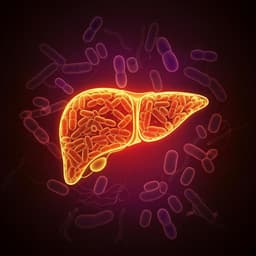
Earth Sciences
High precipitation rates increase potassium density in plant communities in the Tibetan Plateau
X. Li, M. Li, et al.
Discover the intriguing findings of a study conducted by Xin Li, Mingxu Li, Xiaoyu Cen, Li Xu, and Nianpeng He, which examined potassium content across 2,040 Tibetan Plateau ecosystem communities. Learn how precipitation influences potassium levels and the implications for vegetation under climate change.
~3 min • Beginner • English
Related Publications
Explore these studies to deepen your understanding of the subject.







